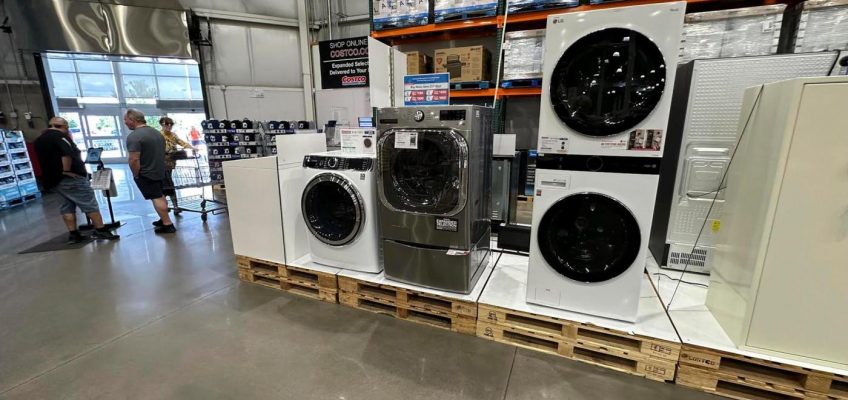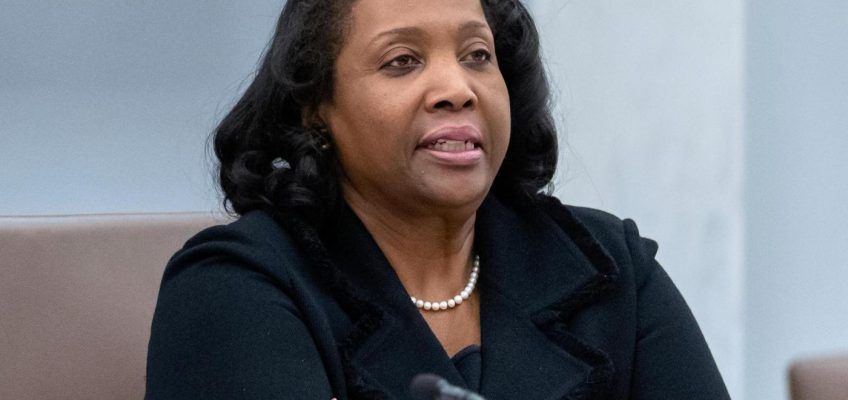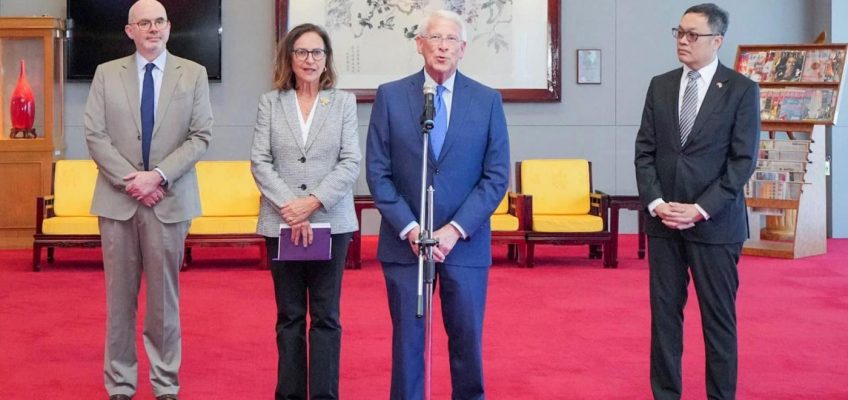By WAFAA SHURAFA, SAM METZ and JULIA FRANKEL, Associated Press
GAZA CITY, Gaza Strip (AP) — Israel on Friday declared Gaza’s largest city a dangerous combat zone and said it was in the ″initial stages″ of a planned offensive as grief spread over the return of two hostages’ bodies.
As the military announced the resumption of around-the-clock fighting, aid groups and a church sheltering people said they would stay, refusing to abandon the hungry and displaced who depend on them.
Today in History: August 29, Olympic marathoner attacked by spectator
Japan uses AI-generated eruption of Mount Fuji to prepare Tokyo for worst-case scenario
Major Russian attack includes rare strikes on the center of Kyiv, killing at least 21
European nations start process to impose a ‘snapback’ of Iran nuclear sanctions at UN
Japan’s chief trade envoy postpones US trip as Tokyo calls for faster action on its tariffs deal
The shift comes weeks after Israel first announced plans to widen its offensive in Gaza City, where hundreds of thousands of displaced people are sheltering and enduring famine.
The military said it suspended midday pauses to fighting, which had allowed food and aid supplies to enter from 10 a.m. to 8 p.m., while also reporting it had recovered the bodies of two hostages and vowed its military offensive would return more.
Friday’s announcement marks the latest escalation after Israel has reported strikes in some of the city’s key neighborhoods and called up tens of thousands of reservists.
“We will intensify our strikes until we bring back all the kidnapped hostages and dismantle Hamas,” Israeli army spokesperson Avichay Adraee said.
Adraee, the Israeli military’s Arabic-language spokesperson, has for days urged Palestinians in Gaza City to flee south, calling the evacuation “inevitable,” even as aid groups warn of severe obstacles.
Some refuse to leave as Gaza City assault begins
The United Nations said Thursday that 23,000 people had evacuated over the past week, but many Palestinians in Gaza City have said they are exhausted after multiple displacements and questioned leaving when there is nowhere safe and any journey is costly.
The Holy Family Church of Gaza City told The Associated Press on Friday that the roughly 440 people sheltering there would remain along with members of the clergy who would assist them.
Farid Jubran said the church had left the decision up to the people even though they had few recourse to insulate themselves from fighting.
“When we feel danger, people get closer to the walls or whatever, it’s more protected,” he said, noting the church had few specific defenses.
The UN’s humanitarian agency said its staff and NGOs also would remain on the ground.
The group said in a statement that it was “deeply concerned” by the military’s announcement and predicted the offensive would have a “horrific impact on people already exhausted, malnourished, bereaved, displaced, and deprived of basics needed for survival.”
‘Initial stages’ of Gaza City offensive begin
Israel introduced “tactical pauses” in Gaza City, Deir al-Balah and Muwasi last month as it faced global condemnation over the humanitarian conditions in the besieged strip. As it suspended them on Friday in Gaza City, the military did not say whether they had notified residents or aid groups of the impending declaration ahead of the 11:30 a.m. announcement.
Palestinians rush to collect humanitarian aid packages from the United Arab Emirates, airdropped by parachutes into Deir al-Balah, in the central Gaza Strip, Tuesday, Aug. 19, 2025. (AP Photo/Abdel Kareem Hana)
Norwegian Refugee Council, which coordinates a coalition of aid groups active in Gaza, said it had not received notification that Israel’s “tactical pauses” would be suspended.
Israel has in the past called Gaza City a Hamas stronghold, with a network of tunnels that remain in use by militants after several previous large-scale raids.
The city also is home to some of the territory’s critical infrastructure and health facilities. The United Nations said Thursday the besieged strip could lose half of its hospital bed capacity if Israel invades as planned.
The suspension of the pause also comes one week after the world’s leading food security authority declared Gaza City was being gripped by famine after months of warnings.
Bodies of hostages recovered
Israel on Friday said its military had recovered the bodies of two hostages, including an Israeli man who was killed in the Oct. 7, 2023, terrorist attack that sparked the war.
The bodies of Ilan Weiss of Kibbutz Be’eri and another unnamed hostage were returned to Israel, Prime Minister Benjamin Netanyahu’s office said.
Israeli Prime Minister Benjamin Netanyahu speaks during a press conference at the Prime minister’s office in Jerusalem, Sunday, Aug. 10, 2025. (Abir Sultan/Pool Photo via AP)
“The campaign to return the hostages continues continuously. We will not rest or be silent until we return all of our hostages home — both the living and the dead,” Netanyahu said.
Of the 251 hostages taken by Hamas almost 22 months ago, roughly 50 remain in Gaza including 20 that Israel believes to be alive.
Hamas has been designated as a terrorist organization by the United States, Canada and the European Union.
Israel’s Hostages and Missing Families Forum, which has organized large-scale protests demanding a ceasefire to return the hostages, mourned the losses and said Israeli leaders should prioritize a deal to return both the living and the dead.
“We call on the Israeli government to enter negotiations and stay at the table until every last hostage comes home. Time is running out for the hostages. Time is running out for the people of Israel who carry this burden,” it said in a statement.
Metz and Frankel reported from Jerusalem. Ibrahim Hazboun in Jerusalem and Menelaos Hadjicostis in Nicosia, Cyprus, contributed to this report.




